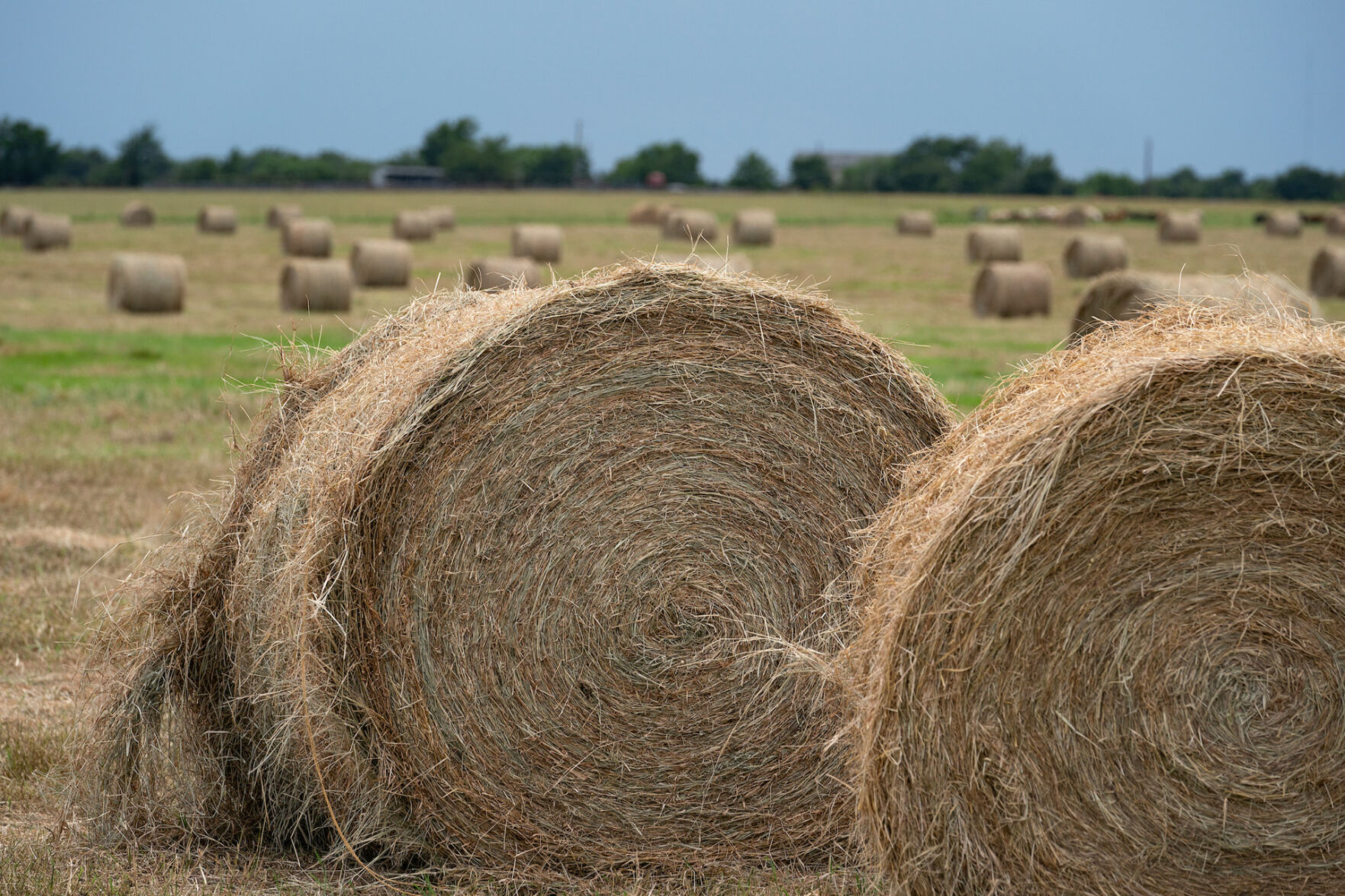State-by-state hay summary

Colorado—In the Feb. 27 report, compared to last report, trade activity and demand light. Prices remain unchanged on all hay types.
Missouri—In the Feb. 27 report, compared to last report, the supply of hay continues to be moderate to heavy. There is plenty for sale if anyone is finding themselves short at this point. Demand is light to moderate. Hay prices are unevenly steady.
Springlike weather made its way to the state this week. The amount of mud in some areas has been a hindrance when feeding and working with cattle but is much better to work in rather than the sub-zero temperatures from a couple of weeks ago.
Nebraska—In the Feb. 26 report, compared to last week, alfalfa hay sold steady, grass hay steady to $5 lower. Ground and delivered hay and alfalfa pellets steady. Demand is light to instances moderate for bales of forage. Good demand for alfalfa pellets to be reconditioned into livestock feed.
Like a broken record player (for those that can remember) the hay market just sits there and skips and not much changes each week. Few loads of hay are getting sold but overall, there will be some large carry over hay supplies into the new crop season. For this reason, some hard-core hay producers are tearing up stands of irrigated alfalfa and will plant a grain of some type, probably corn.
Many that are doing this say they can sell a load of corn any day of the week to an elevator, feedlot, ethanol plant or contract it and have cash flow. With bales of hay there must be a demand or a willing buyer to sell a load of hay.
Oklahoma—In the Feb. 28 report, compared to the last report, demand for hay is slow to steady, and prices remain steady. Winter weather and drought have helped trade. Hay in Oklahoma remains highly available, there is still a lot of holdovers and barns full of hay. Next report will be released March 14.
Texas—In the Feb. 21 report, compared to last report, hay prices are steady across all regions. Supplemental feeding is still underway in most regions due to colder than average temperatures and dry conditions over the past two weeks. Hay supplies are still moderate to good on lower quality hays. However, supplies on higher quality forages are beginning to tighten up some as we move closer towards the spring.
Extreme to exceptional drought continues to plague the west and south central regions of the state. Next report will be released March 7.
South Dakota—In the Feb. 28 report, compared to last report, movement of hay has been light. Weather has been cold with very little moisture.
New Mexico—As of the Nov. 22, 2024 report, the hay season was complete. No more reports will be issued until spring 2025.
Wyoming—In the Feb. 26 report, compared to the last report, movement has increased since the last report, producers are saying demand has been slow all over Wyoming, even for this time of year. Most hay that is moving is moving in small loads at a time.
According to the Wyoming Crop Progress Report, as of January 2025, hay and roughage supplies were rated at 89% adequate in the state. Pasture and range is 13% good condition and 25% fair condition, winter wheat is 1% good condition and 62% fair condition, all livestock is 57% good condition.
Montana—In the Feb. 28 report, hay sold mostly steady in a narrow comparison. Hay producers continue to move hay as recent reductions in prices have spurred sales. Some ranchers have purchased hay as lower prices have given ranchers a reason to buy loads in case it turn off dry this summer. Market activity was mostly active this week with several large sales of hay seen.
Many producers are attempting to sell out of all their hay prior to the start of the 2025 hay season. The goal is to start fresh in 2025 in the hopes that tighter supplies help increase demand for hay within the state. Weather has warmed some this week which allowed for producers to get back in stacks and start moving hay out.
PHOTO: Hay Bales (Laura McKenzie, Texas A&M AgriLife.)



